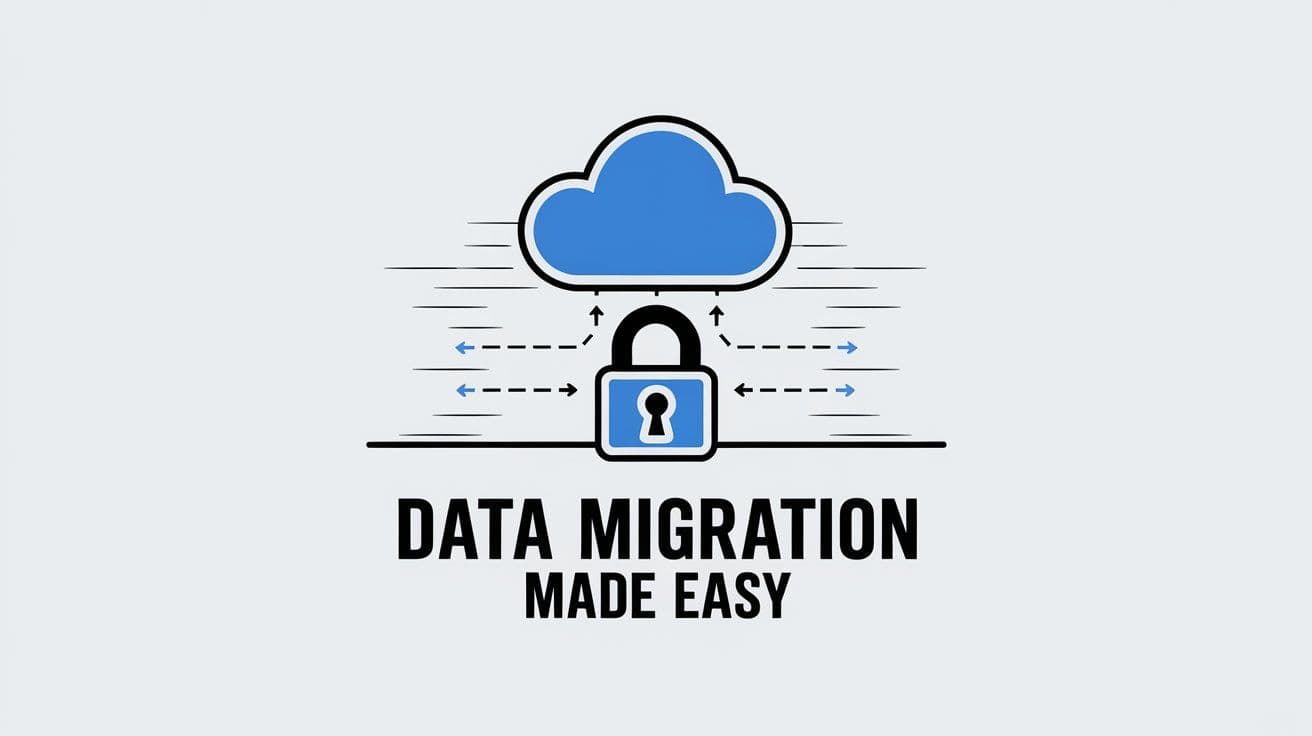7 NOV 2024
Understanding Data Migration: A Quick Overview

@2024 ComputerFixDallas
7 NOV 2024
Understanding Data Migration: A Quick Overview
Data migration refers to the process of transferring data from one system to another, including but not limited to devices, databases, and cloud environments. It is rather crucial in changing systems, adopting cloud services, or migrating to another technology. A brief overview of data migration is presented here.
1. Storage Migration: This refers to the migration of data across storage devices, for example, from local drives to the cloud.
2. Database Migration: This refers to the transfer of data across different database systems.
3. Application Migration: The movement of applications and their data into new environments, such as the cloud.
4. Cloud Migration: To move data and applications onto cloud platforms such as AWS or Azure.
1. Improved Performance: Most migrations work out a lot faster and in a much more efficient manner.
2. Cost Savings: The newest technologies reduce costs related to maintenance. Better Security: Newer systems keep data safer.
3. Business Continuity: Assures that systems stay current, reducing the chances for interruptions.
1. Data Loss: There is a risk of data loss on transfer; hence, the backup is necessary.
2. Downtime: Most of the migration requires system downtime.
3. Compatibility Issues: New systems are not that much compatible with the older ones.
Data migration is a very important process in keeping your systems up to date and running effectively, but it needs some proper planning and hence execution. If you would like professional assistance with your data migration, then ComputerFixDallas provides secure migration services to make this process smooth and hassle-free. For assistance, please contact us today!
Newsletter
Get Notified By Our Newsletter
Explore More Blogs
Explore Insights and Repair Tips Here
@2024 ComputerFixDallas